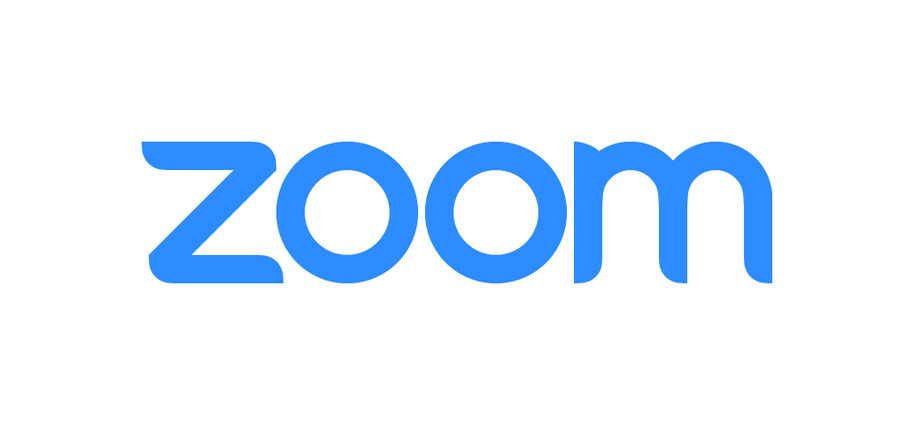Category: Management
-

Payor Auditing Activities
By: Kelli Carpenter Fleming During the height of the COVID-19 pandemic, the Centers for Medicare & Medicaid Services (“CMS”) suspended certain payor audit and oversight activities. However, now that communities are beginning to reopen, so are the audit activities. CMS and other third-party payors are increasing their audit activities, including claims filed during the public…
-

Physician Recruitment Agreements – What You Need to Know
by Howard E. Bogard Both the federal Anti-kickback Statute and the Stark Law allow a hospital to provide certain financial assistance to aid a medical practice in its efforts to recruit and hire a new physician. Financial assistance can take many forms, including a collection guarantee, net income guarantee and/or payments with respect to a…
-

Are You Ready for Your PPP Loan Audit?
By: Jim Hoover, Burr & Forman PPP loans received by individuals and businesses under the CARES Act will be audited (“reviewed”) by the SBA. PPP loans of $2 million or more will automatically be audited by the SBA. Many PPP loans of less than $2 million will also be audited. Borrowers will often receive notification…
-

Phase 3 Provider Relief Funds Announced by HHS
On October 1, 2020, the Department of Health and Human Services (“HHS”) announced an additional $20 billion in funding for healthcare providers to assist with losses and changes in operating expenses caused by the current COVID-19 pandemic. This additional funding is a result of the CARES Act and the Paycheck Protection Program and Health Care…
-

Five Things to Consider When Selling Your Practice to a Private Equity Firm
By Howard Bogard, Burr Forman A growing number of physicians are selling their medical practices to private equity firms in order to “monetize” their practice, as well as to access capital and obtain operational efficiencies. In the Southeast, we are seeing consistent private equity activity in the specialties of anesthesiology, gastroenterology, dermatology, ophthalmology, oncology, ENT,…
-

Identifying The Proper Documentation For End of Life Care
By Angie C. Smith In the midst of this global pandemic, there have been stories about prioritizing patient care based on the patient’s ability to recover. The stories are heartbreaking and highlight the need for people to have important discussions regarding advance care planning before they get sick and are unable to direct their own…
-

Provider Relief Fund Update
Last week, HHS launched an application portal to distribute $15 billion in CARES Act Provider Relief Fund payments to eligible Medicaid and CHIP physicians and organizations. The payment will be at least 2 percent of reported gross revenue from patient care, and the final amount will be determined based on submitted data, including the number of Medicaid…
-

Chronic Care Management in the Coronavirus Pandemic
Article contributed by: Tammie Lunceford, CMPE CPC with Warren Averett Chronic Care Management Expands Care Several years ago, the Center for Medicare and Medicaid Services released Chronic Care Management to assist in improving patient outcomes, extend care, and improve quality in chronic illness. The initial chronic care code, 99490 allowed for 20 minutes of non-face…
-

The Privacy Vulnerabilities of Zoom Software and Potential Alternatives
Over the past month, as more nationwide “Shelter at Home” orders have been issued and more companies have transitioned to telework, the need for online meetings and webinars has skyrocketed. To accommodate this new way of doing business, many have turned to a platform called Zoom. The problem? No one bothered to read the fine…
-

Better Together: Physician-Lead, Team-Based Care
Working as a team is unquestionably the best and most efficient way to maximize the skill sets of a specific group of people. In medicine and depending on the particular needs of the practice, a team-based approach can include various combinations of physicians, nurses, physician assistants, pharmacists, social workers, case managers and other health care…